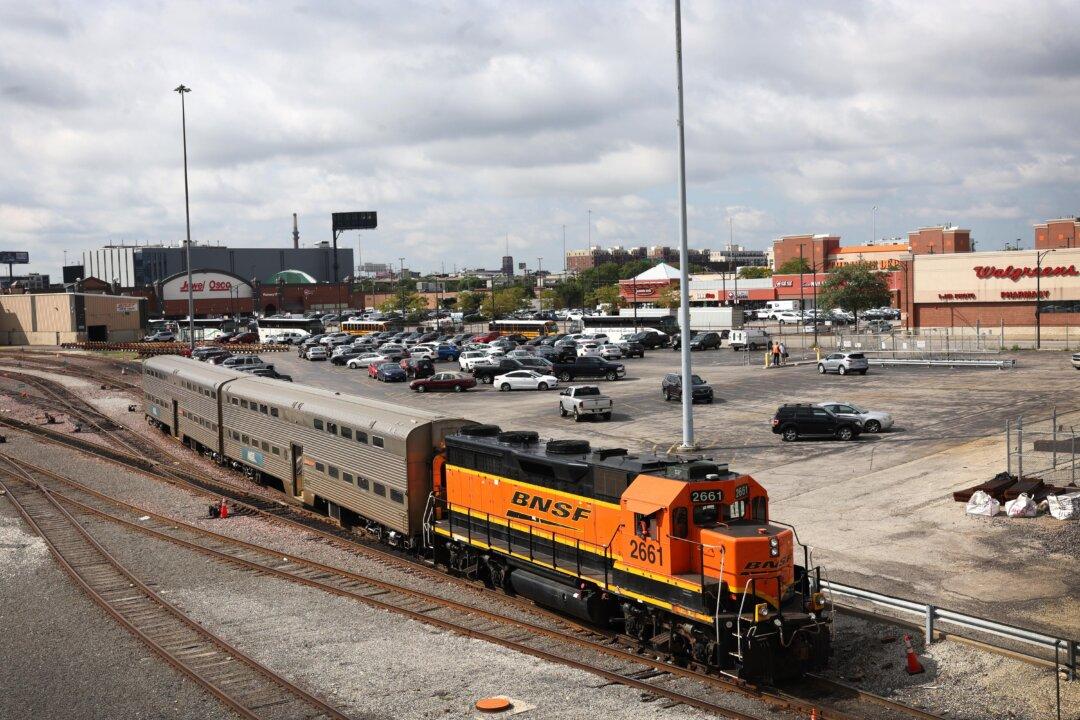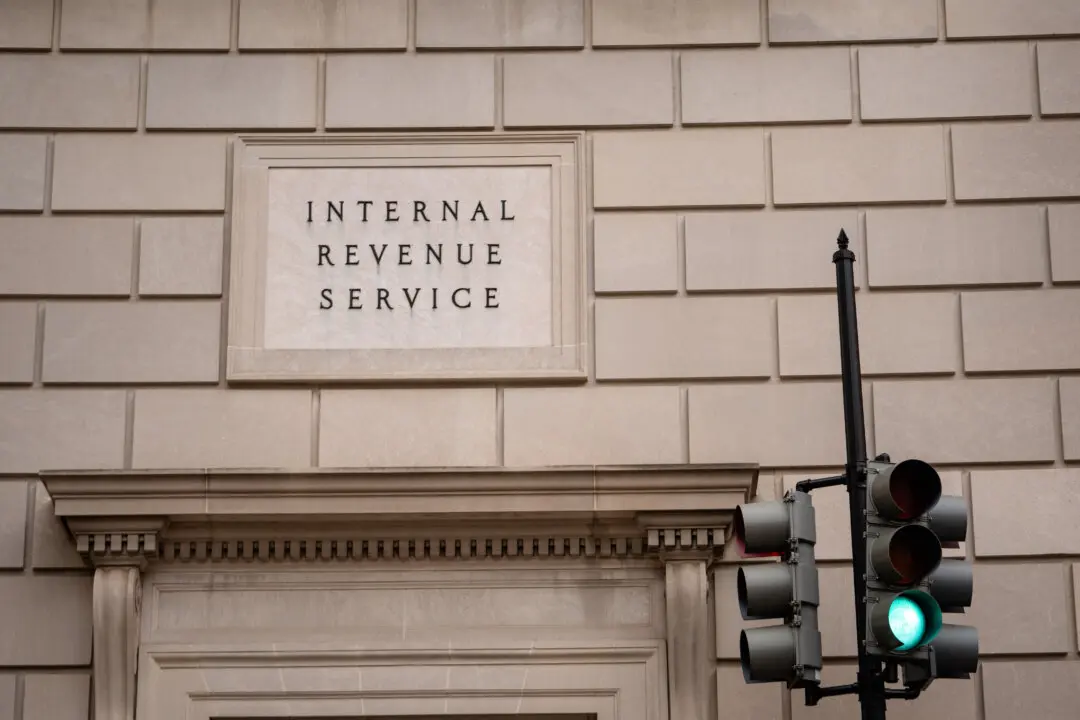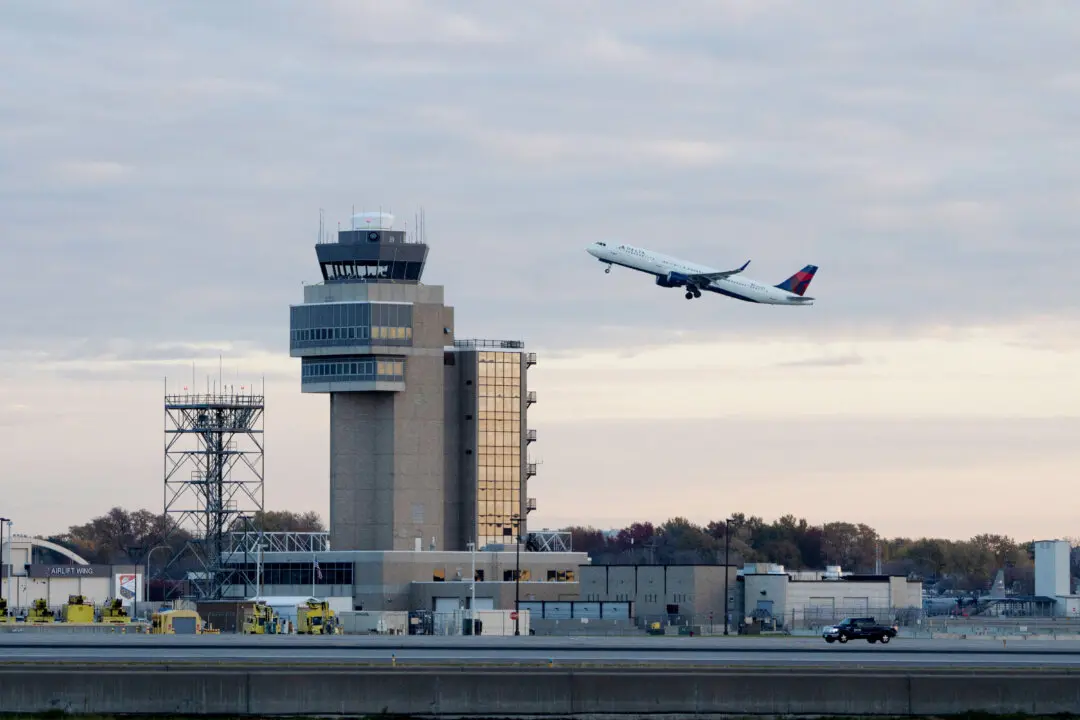The timeline for the potential rail line strike across America has now become clearer with four major unions deciding not to strike until next month.
In September, a tentative deal between freight rail companies and unions was brokered by the White House. At the time, President Biden had called it an “important win” for the American economy and people. However, four unions have decided not to ratify the deal, raising the possibility of a rail strike that could seriously affect the economy.





